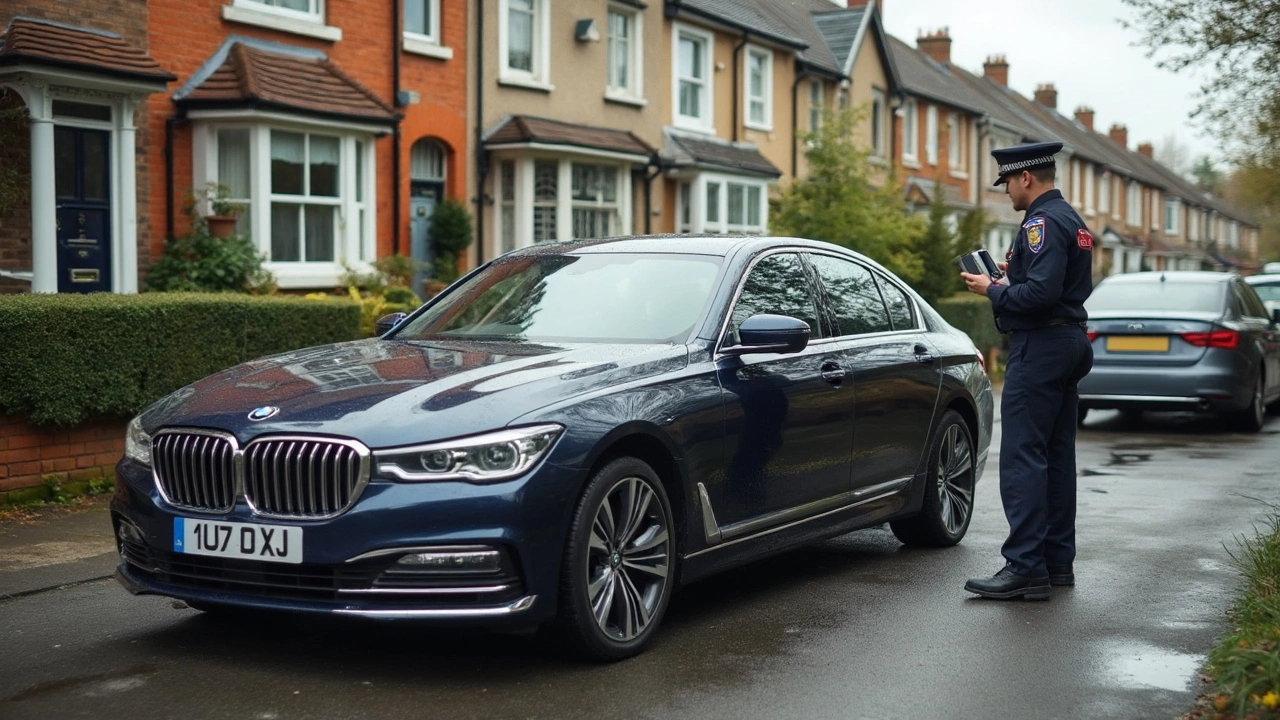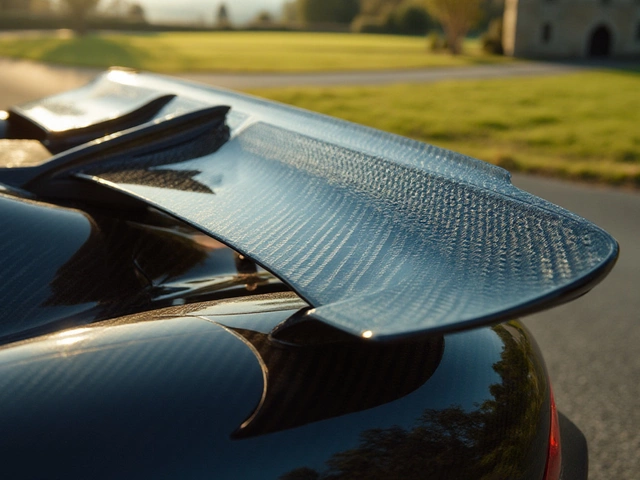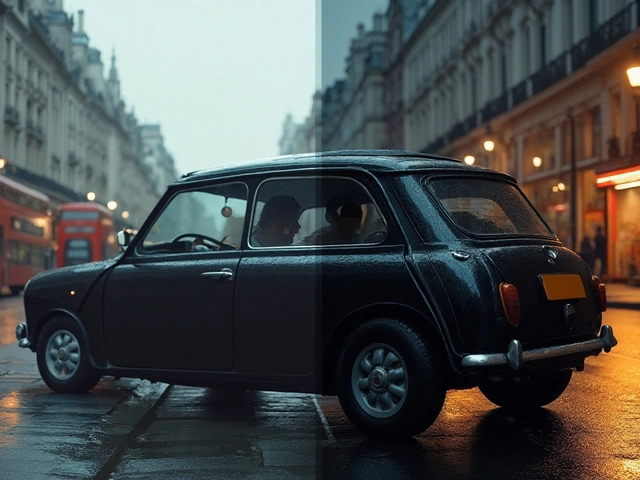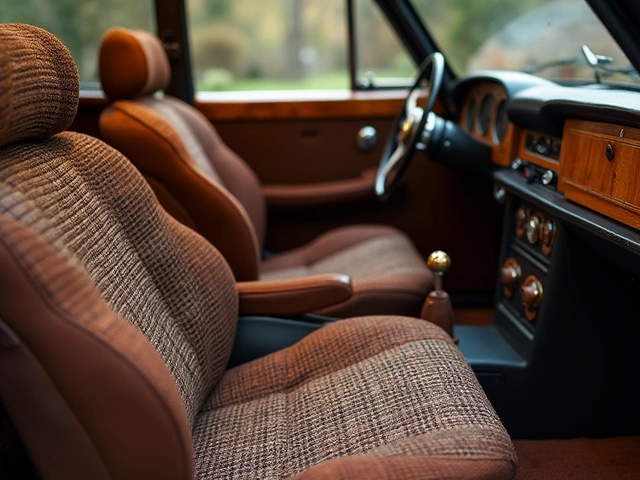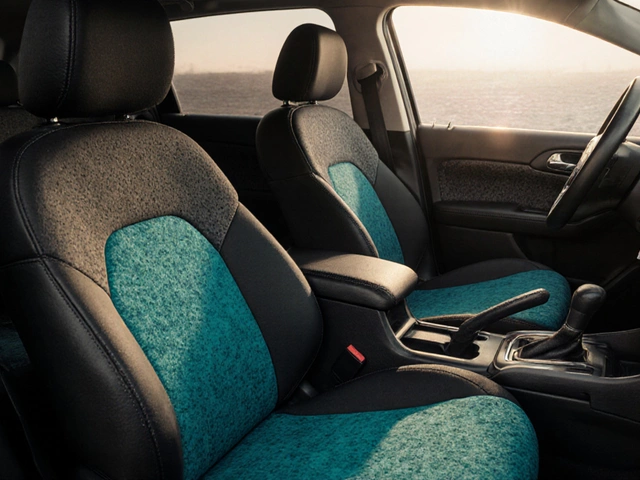Ever catch yourself staring at a blacked-out car and thinking, “How did they even get away with that?” You’re not the only one. Window tint laws mess with just about everyone, especially since every state seems to have its own playbook. Go too dark, and you’re looking at tickets or a forced removal job that’s no fun at all.
The magic number in tint talk? It’s called VLT—Visible Light Transmission. That’s just a fancy way of saying what percent of sunlight makes it through your window. The lower the number, the darker the tint. For example, 5% VLT is limo-dark—barely any light gets in. But is that legal? Rarely. Most places make you keep your front windows way lighter than the back, since being able to actually see drivers is kind of a big deal for cops and at night.
- What Does 'Darkest Legal Tint' Really Mean?
- State-by-State Tint Limits Explained
- Benefits and Consequences of Dark Tint
- Smart Tips for Legal Tint Choices
What Does 'Darkest Legal Tint' Really Mean?
If you’re wondering what the darkest legal window tint is, you have to start with one thing: VLT, or visible light transmission. This number tells you how much light can pass through the window and tint film. The lower the VLT, the darker your windows are. For example, a 70% VLT means 70% of outside light is coming in, while 5% VLT means your glass is so dark, you’ll struggle to see inside, even during the day.
Here’s where people get tripped up—not every window on your car is treated the same. For most cars in the U.S., the front driver and passenger windows have to let in way more light than the rear windows. This isn’t just a preference; it’s a safety rule. After all, police and other drivers need to see inside to make sure nothing sketchy is going on, and so you can see out at night without feeling like you’re driving in a cave.
"Window tint laws are designed to balance privacy with safety—too-dark tints can limit visibility and cause accidents, or hide dangers from law enforcement." – National Highway Traffic Safety Administration (NHTSA)
Legal VLT limits bounce all over the place depending on where you live. For example, California says your front side windows have to stay at 70% VLT or higher. Roll over to Florida, and you can go as dark as 28% on the front. Some states don’t really care about the rear—Texas, for instance, lets you go as dark as you want on the back windows or rear windshield.
| State | Front Side Windows VLT | Back Side Windows VLT | Rear Window VLT |
|---|---|---|---|
| California | 70% | Any | Any |
| Florida | 28% | 15% | 15% |
| New York | 70% | 70% | 70% |
| Texas | 25% | 25% | Any |
One thing that messes with people: factory tint. Some SUVs come with privacy glass from the factory, and if you add film on top, you could drop below the legal limit without knowing. If a traffic stop happens, cops use a tint meter—no eyeballing it. If your tint reads under the legal limit, it’s a ticket or worse.
Always double-check your state’s rules before buying tint. Don’t trust what you hear at the shop or from friends, since the law doesn’t care about your friend’s advice if you get pulled over. Want to play it safe? Stick to the legal VLT and keep your receipt in the glove box—some shops even put a compliance sticker on the door to save you hassle.
State-by-State Tint Limits Explained
If you’re thinking all car window tints are the same in every state, think again. America is a patchwork when it comes to darkest legal window tint rules. Each state (and sometimes even cities or counties) writes its own laws about how much sunlight your windows have to let through. Glance at the numbers, and you’ll spot big differences—especially between places like Florida, California, Texas, and New York.
So, why not one rule for everyone? States balance things like police safety, local weather, and visibility. In sunny Florida, drivers can slap on a darker tint than you’d ever get away with in somewhere gloomier, like Vermont. Some states care a lot about the front windows—where cops want to see your face—while others barely blink at what you do with the back glass.
To make it practical, here are common VLT (Visible Light Transmission) maximum allowable tints for front side windows by state:
| State | Front Side VLT % | Rear Side VLT % | Back Window VLT % |
|---|---|---|---|
| California | 70% | Any | Any |
| Texas | 25% | 25% | Any |
| Florida | 28% | 15% | 15% |
| New York | 70% | 70% | 70% |
| Georgia | 32% | 32% | 32% |
| Alabama | 32% | 32% | 32% |
| Illinois | 35% | 35% | 35% |
| Michigan | No Film Allowed* | Any | Any |
*Michigan only allows tint on the top 4 inches of the front side windows—no full coverage film.
Also, law enforcement has their own tester tools to measure your windows. If your tint reads darker than the rules, expect a ticket or, in some places, return trips until you peel it off. Even medical exemptions can be a paperwork headache and don’t always help if you cross state lines.
One more tip—these numbers change. Local laws update every year or two. Before you get tint work done, check your state’s latest DMV site or ask the shop. Never assume the shop will check for you (sometimes they don’t) and don’t trust whatever you saw posted three years ago on a random forum.
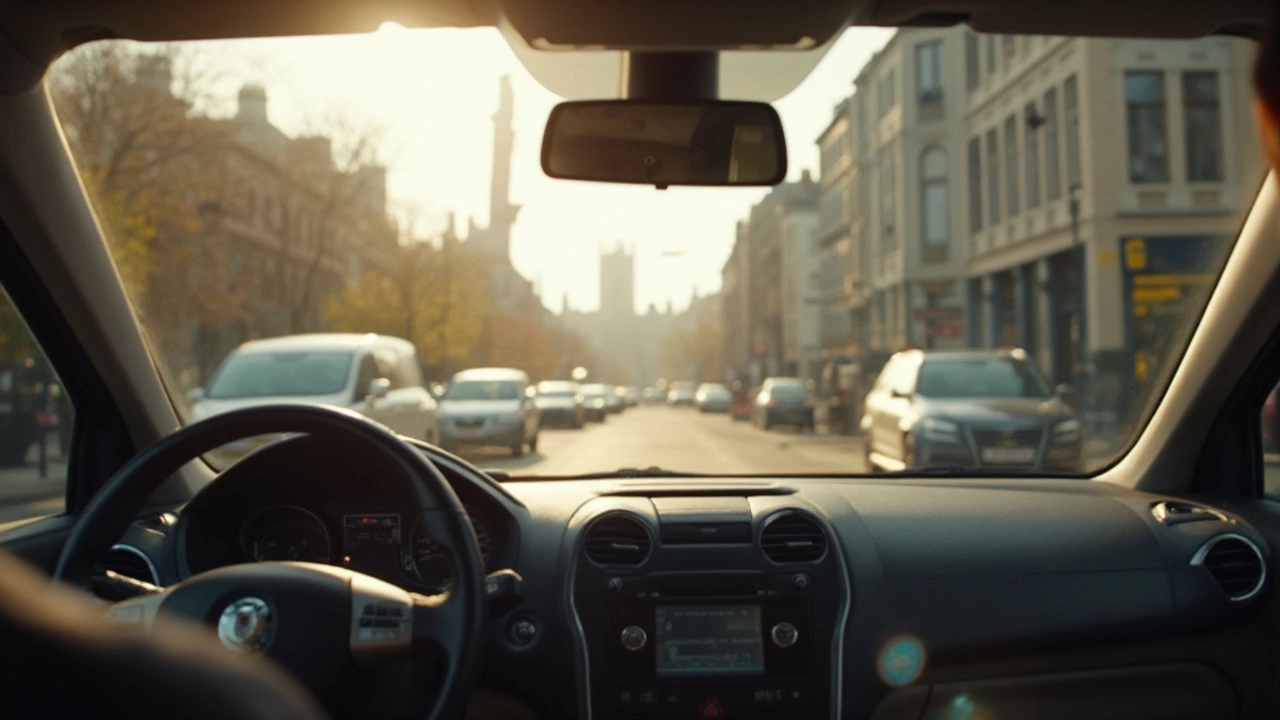
Benefits and Consequences of Dark Tint
Going for one of the darkest legal window tint levels comes with perks, but it’s not all upside. If you’re thinking about tinting your car windows, it helps to know exactly what you’re getting into.
The first big win is heat control. Dark tint can seriously cut down how much sunlight gets inside your ride. Studies show a quality ceramic film can block up to 80% of infrared heat. That means your AC works less overtime and you stay cooler, even if your car’s roasting in a lot. Another biggie? UV protection. Good window tint will block up to 99% of harmful UV rays, helping to keep your skin safe and your interior from cracking or fading.
Privacy is another reason people love dark tint. Nobody can see what’s inside, whether you’ve got sunglasses, a laptop, or a basket of groceries. That also helps cut down on “smash and grab” thefts since crooks can’t see what’s up for grabs. Glare reduction is a bonus, too. Strong sunlight or headlights behind you don’t blind you as much, making for a less stressful drive.
- Darkest legal window tint boosts your comfort by reducing glare and heat.
- Makes your car less tempting for thieves by hiding valuables.
- Blocking UV rays delays faded upholstery and sun damage.
But it’s not a total win. Darker tints make it harder to see at night, especially when backing up or dealing with rain. Insurance surveys show cars with super-dark tints have a higher chance of getting rear-ended or bumping stuff in parking lots. Plus, most police don’t like not being able to see inside your car—they’ll pull you over if they think you’ve gone too dark, and you may get a fix-it ticket or a fine on the spot.
Here’s a quick look at the upsides and downsides:
| Benefit | Consequence |
|---|---|
| Blocks heat and UV rays | Reduces night visibility |
| Improves privacy and security | May lead to legal trouble/fines |
| Reduces glare and eye strain | Possible insurance complications |
If you’re thinking about pushing the limits, talk to your tint shop about what’s legal for your area, and ask if their films are certified. A quality job with a legal tint still gets you most of the comfort without the headaches.
Smart Tips for Legal Tint Choices
Picking out window tint can get confusing fast, but there are a few tricks to stay out of trouble and get the look you want. The number one thing? Always check YOUR state’s laws. No joke—what’s legal in Nevada could get your car pulled over the second you roll into Minnesota. Most states let you go darker on rear windows and back glass, but make you keep the front side windows lighter. For example, California only allows 70% VLT or lighter on the front sides, while Florida lets you drop down to 28%.
Here’s a quick cheat sheet of common legal VLT limits for front side windows in a few states:
| State | Front Side Windows VLT |
|---|---|
| California | 70% |
| Texas | 25% |
| Florida | 28% |
| New York | 70% |
| Illinois | 35% |
If you can’t find the law, just ask a local tint shop. A good one will know exactly what passes and what’s risky. You can also look it up online, but double-check the info is current—the rules do change now and then.
- Go with film brands that mark the VLT right on the box, so you know what you’re getting.
- Don’t mix super-dark rear tints with nearly clear fronts—cops look for those big contrasts.
- If you have vision issues or drive a lot at night, steer clear of limo tints. Too dark makes headlights and street signs a pain to see.
- If you really want the darkest legal window tint, ask about medical exemptions. Some states make exceptions for certain eye conditions—get it in writing though.
- After tinting, always keep your tint compliance certificate in the glove box. If you get questioned, it’s proof you’re legal.
Don’t forget, the darkest legal window tint isn’t always the best for everyone. Darker isn’t necessarily cooler (some clear films block just as much heat and UV as dark ones). And tints fade over time, so a legal tint can dip below the limit after a few years in the sun—so stick close to the legal number, not right at the bottom.

